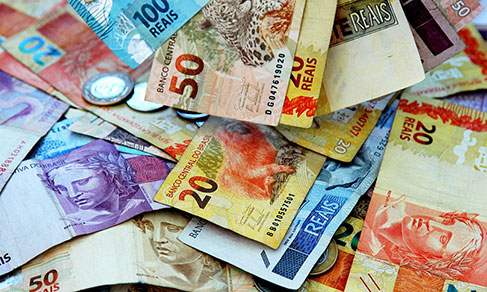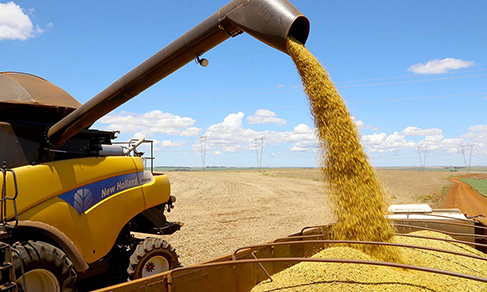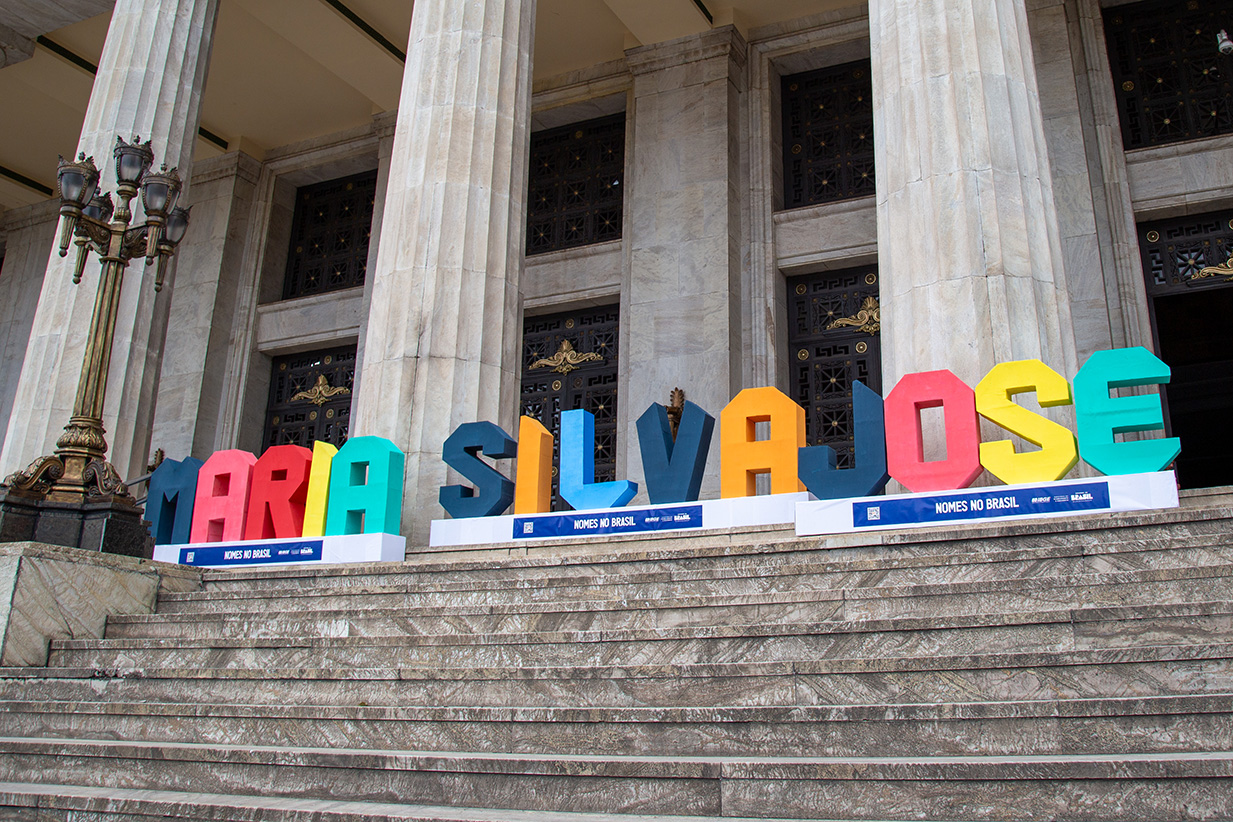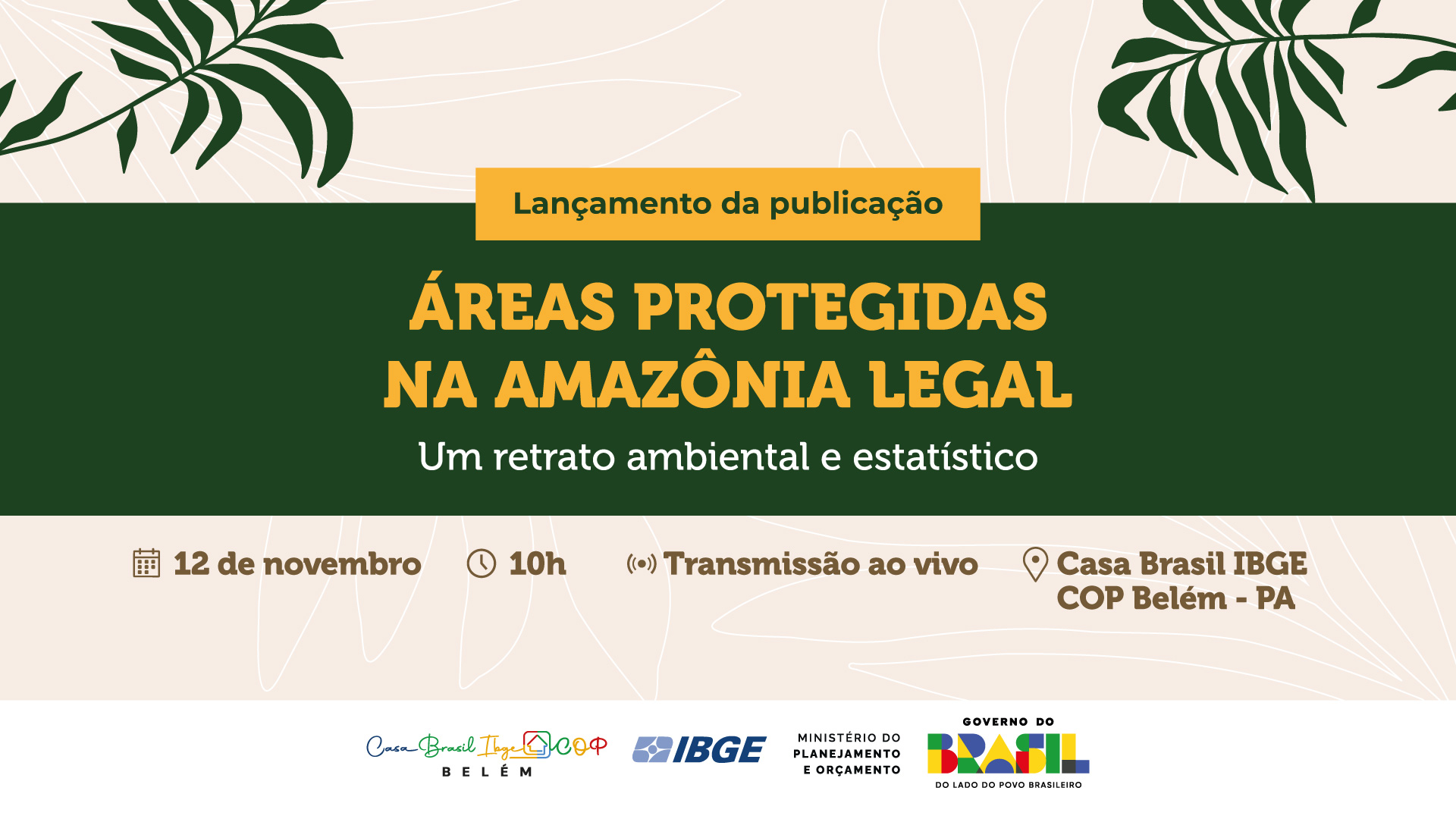2022 Census
IBGE Superintendency shows data from the 2022 Census for public managers in Alagoas
June 03, 2024 05h54 PM | Last Updated: June 05, 2024 12h16 PM
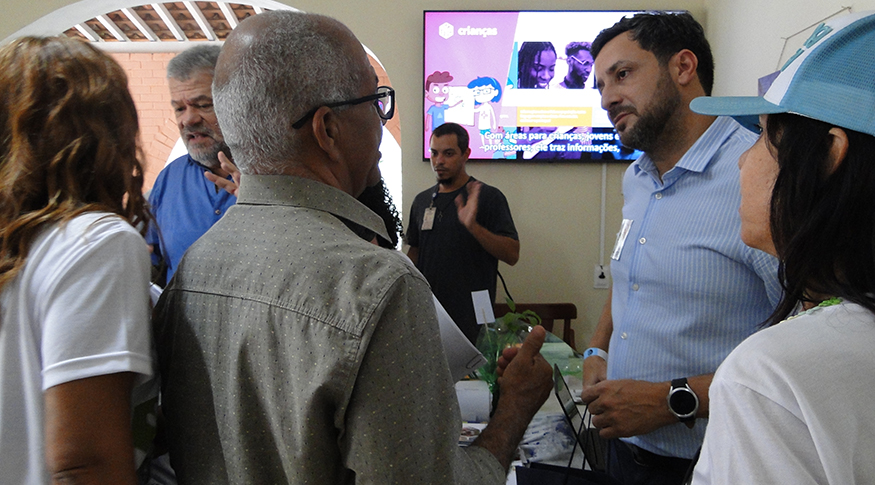
One of the symbols of the northeastern coast, the Costa dos Corais Environmental Protection Area (APA) is the largest coastal marine conservation unit in Brazil. Located between the municipalities of Tamandaré (PE) and Maceió (AL), the region covers more than 120 km in length and 400 thousand hectares as a total area. The landscape, marked by the beach ecosystem and mangrove complexes, is home to the second largest barrier reef in the world, and is home to a population that lives mainly from fishing and tourism.
After traveling through the hinterland and the paths of Old Chico (São Francisco River) with the 6th Scientific Expedition in the Lower São Fancisco River, the IBGE Superintendency in Alagoas (SES/AL) turns its attention to the coast, which also represents the region's identity in a very striking way. The contrast between the landscapes does not, however, prevent these two apparently antagonistic areas from having similar problems. Despite the intense tourist expansion in recent years, the Enviraonmental Protection Area of Costa dos Corais still faces challenges in the development of its population and in the sustainable use of the territory, which could be mapped with the help of IBGE indicators.
Seeking to fulfill IBGE's institutional mission, SES/AL discussed data from the 2022 Population Census and presented the IBGE Educa channel tools at the 1st Interstate Symposium on Environmental Pedagogy (SIPAM), headquartered in the Alagoas municipality of Japaratinga, between the 22nd and 23rd of May. The date marked International Day for Biological Diversity (22/05), established by the United Nations General Assembly (UN).
Representatives of the municipal departments of Tourism, Education and Environment from 15 municipalities were present at the event, as well as the mayor of Japaratinga, José Severino da Silva. Members of institutions linked to teaching, research and preservation in the region also participated, such as the Joaquim Nabuco Foundation (FUNDAJ), Chico Mendes Institute for Biodiversity Conservation (ICMBIO) and the State Environmental Agency of Pernambuco (CPRH).
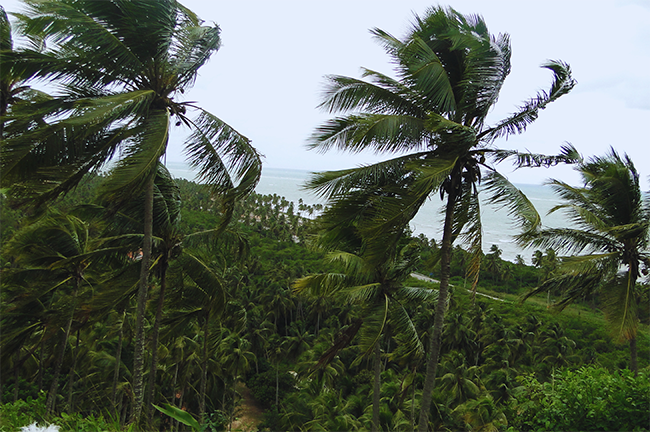
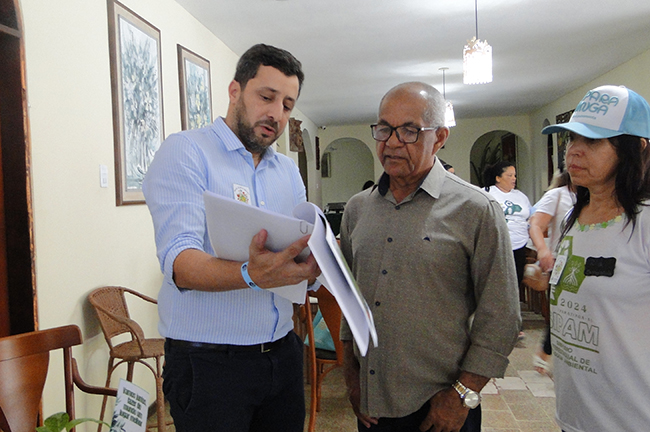
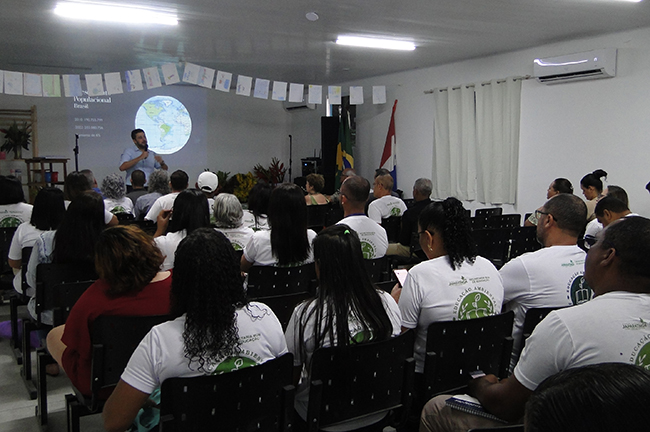



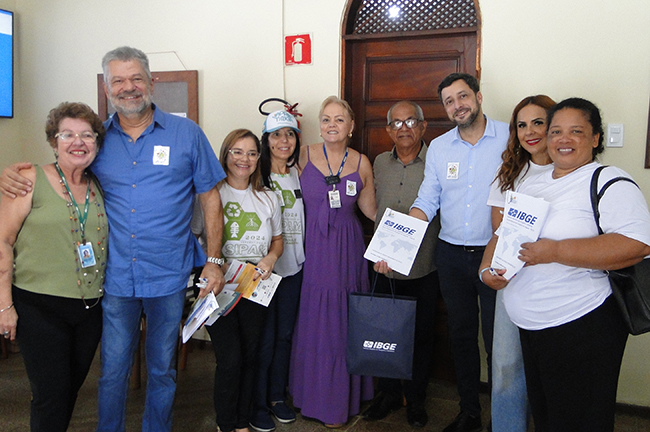
Presentation of IBGE indicators for municipalities in APA Costa dos Corais
In times of preparation for COP 30 (United Nations Conference on Climate Change) and the 20230 Agenda, the presentation of data collected by the IBGE is essential to discuss the scenario of APA Costa dos Corais.
Between the 2010 and 2022 Censuses, there was an increase in population in 10 of the 15 municipalities that make up the region. The percentages reach almost 22%, as in the case of the municipality of Paripueira, in Alagoas.
In this sense, Municipal GDP data, also calculated by the IBGE, indicate growth in the Gross Domestic Product above the national, regional and state averages in most cities in this region, in the period from 2010 to 2021. The north coast of Alagoas – mainly represented by the cities of Porto de Pedras, Maragogi, Japaratinga and São Miguel dos Milagres, which have strong tourist activity – showed growth in the nominal GDP, at current prices, between 400 and 600% during the period, with intense economic expansion.
To portray this reality with the information necessary for the exercise of citizenship, as the IBGE mission postulates, the Superintendent of SES/AL, Alcides Tenório Júnior, gave the lecture “Population growth in the municipalities of APA Costa dos Corais: what does the 2022 Census reveal?”, where he presented development indicators for the region, from the perspective of the increase in occupied households, population, and municipal GDP.
“We seek to draw a parallel between the indicators provided by the IBGE, demonstrating that this is a region of stronger growth and economic activity, but that this scenario brings an important challenge, which is to guarantee sustainability. This challenge requires an environmentally conscious society, which can be driven by dialogue with municipalities and by these environmental pedagogic actions - the theme of the event”, highlighted Mr. Tenório.
When presented with IBGE data, the mayor of Japaratinga, José Severino da Silva, highlighted the importance of initiatives such as I SIPAM so that managers can identify points for improvement and potential in municipalities, especially for maintaining tourism as a driver of local socioeconomic development, which brings benefits to the external population and the residents of Costa dos Corais.
Population Census indicators and UN SDG No. 6
The years 2021 to 2030 also mark the period known as the Ocean Decade, which was established by the United Nations (UN) to encourage the sustainable management of the oceans, in line with Sustainable Development Goal (SDG) nº 14, which deals with management and protection of marine ecosystems.
In the lecture “Sustainability indicators at APA Costa dos Corais, according to the IBGE: new and old challenges”, civil servant Neison Freire highlighted the Institute's role in producing statistics that serve to evaluate the SDGs. In his speech, he emphasized SDG No 6 – Clean Water and Sanitation, which can be investigated using data from the 2022 Population Census.
Knowing the territory is essential for designing public policies. Thus, data relating to the destination of garbage, water supply and sewage disposal for the municipalities of Costa dos Corais were discussed. In the region's cities, for example, the percentage of residents whose garbage is thrown on vacant lots or slopes varies from 0.64% to 11%. Waste burning rates reach up to 22.4%.
In APA Costa dos Corais, almost 5 thousand people live in households without a bathroom or toilet. Most municipalities – 11 cities – use rudimentary septic tanks or holes as the main source of sewage, a solution considered inadequate by the National Plan of Basic Sanitation (PLANSAB). Sewage is dumped into rivers, lakes and seas in percentages ranging from 0.37 to 11.40% of residents of permanently occupied private households.
“There is no other known habitable planet. Although we work on a global and national scale when we think about the UN Sustainable Development Goals, it is in fact in the municipalities that the possibilities for change begin, hence the importance of IBGE presenting this data to those who work directly with them”, highlighted Neison Freire, Head of the Information Dissemination Section of SES/AL.
The event also had the collaboration of the Joaquim Nabuco Foundation – FUNDAJ, based on the presentation “Protected areas as educational places”, led by researcher Solange Coutinho.
IBGE Educa and its role in citizen education
One of the highlights of the event was the presentation of the tools made available by the IBGE Educa channel, in a speech given by civil servant Cláudia Saldanha, who is responsible for the project's actions within the scope of SES/AL.
The focus of I SIPAM was precisely to discuss methodologies for environmental pedagogy, on an interdisciplinary basis, seeking to stimulate civic education, in the formation of more conscious future generations, based on actions carried out in classes ranging from early childhood education to secondary education of young people and adults (EJA).
In this sense, IBGE Educa is seen as an important ally, through the multiple tools made available, such as the teaching material in line with the National Common Curricular Bases (BNCC), maps and games that foster environmental education, such as the memory game about animals threatened with extinction. On the occasion, new arrangements were also made to maintain Educa presentations for students, teachers and secretaries across the state.
“The path to education can be transformed through small actions, such as SIPAM, where we were able to present IBGE tools to a qualified audience, who have sought to expand their pedagogical possibilities. IBGE Educa is a project that contributes to geographic literacy in a free, fun and easily accessible way for the entire network of educators, which effectively contributes to education. We always have very positive feedback”, highlighted Claudia Saldanha.
Public service and positive insertion of IBGE
In addition to the lectures and the IBGE Educa presentation, the event also had a stand where participants could directly serve the public, providing additional information. The moment was used for networking with representatives of the municipalities and was mediated by civil servants Felipe Almeida and Vinicius Negreiros, from Agência Porto Calvo, part of Costa dos Corais. The APA Costa dos Corais Statistical Data Report was also delivered, including maps with geographic coordinates and bringing data from the 2022 Census for the region.
“IBGE’s participation in our event was essential. We were able to combine two important experiences: education, which is the beginning of everything, and the results we collected later on, which will be portrayed by the IBGE indicators, guiding public policies across the country. It was a very important joint effort. It is essential that we know this portrait, a photograph of our region, in relation to social, environmental, and also economic indicators, which are part of the tripod of sustainability”, highlighted Rita Stabile, organizer and creator of SIPAM.





